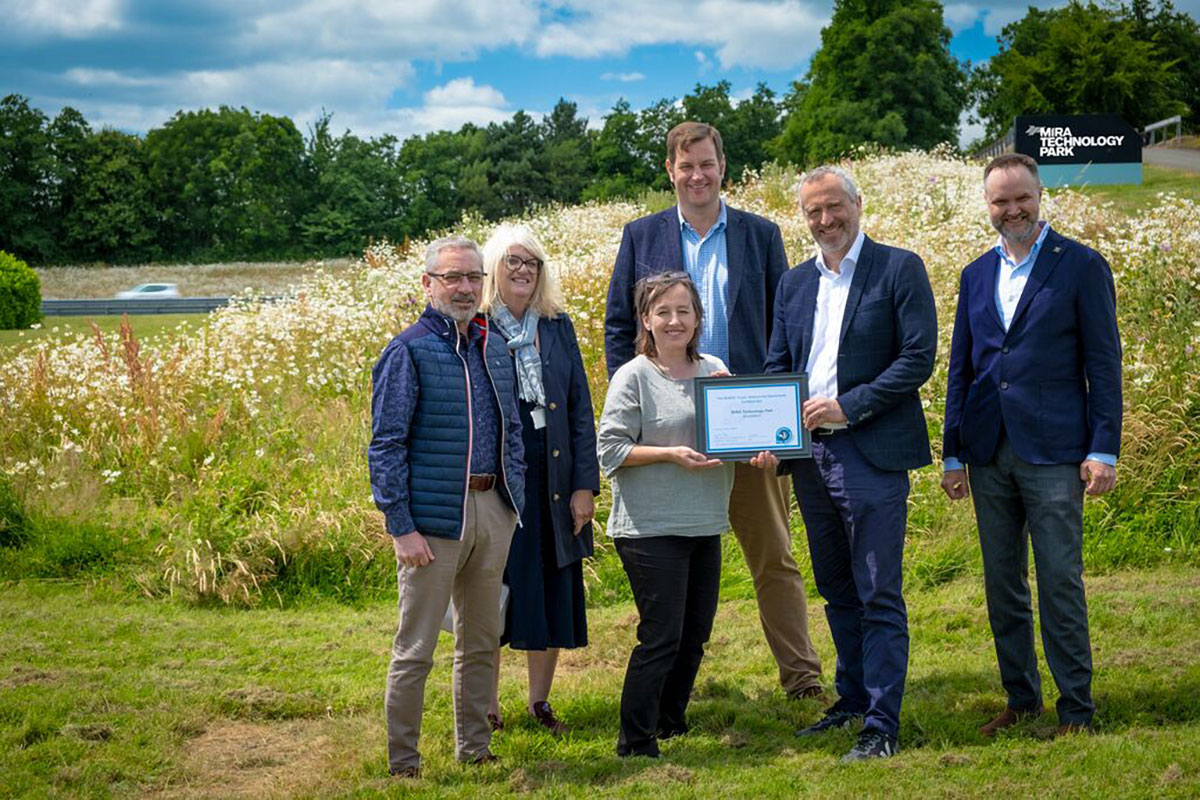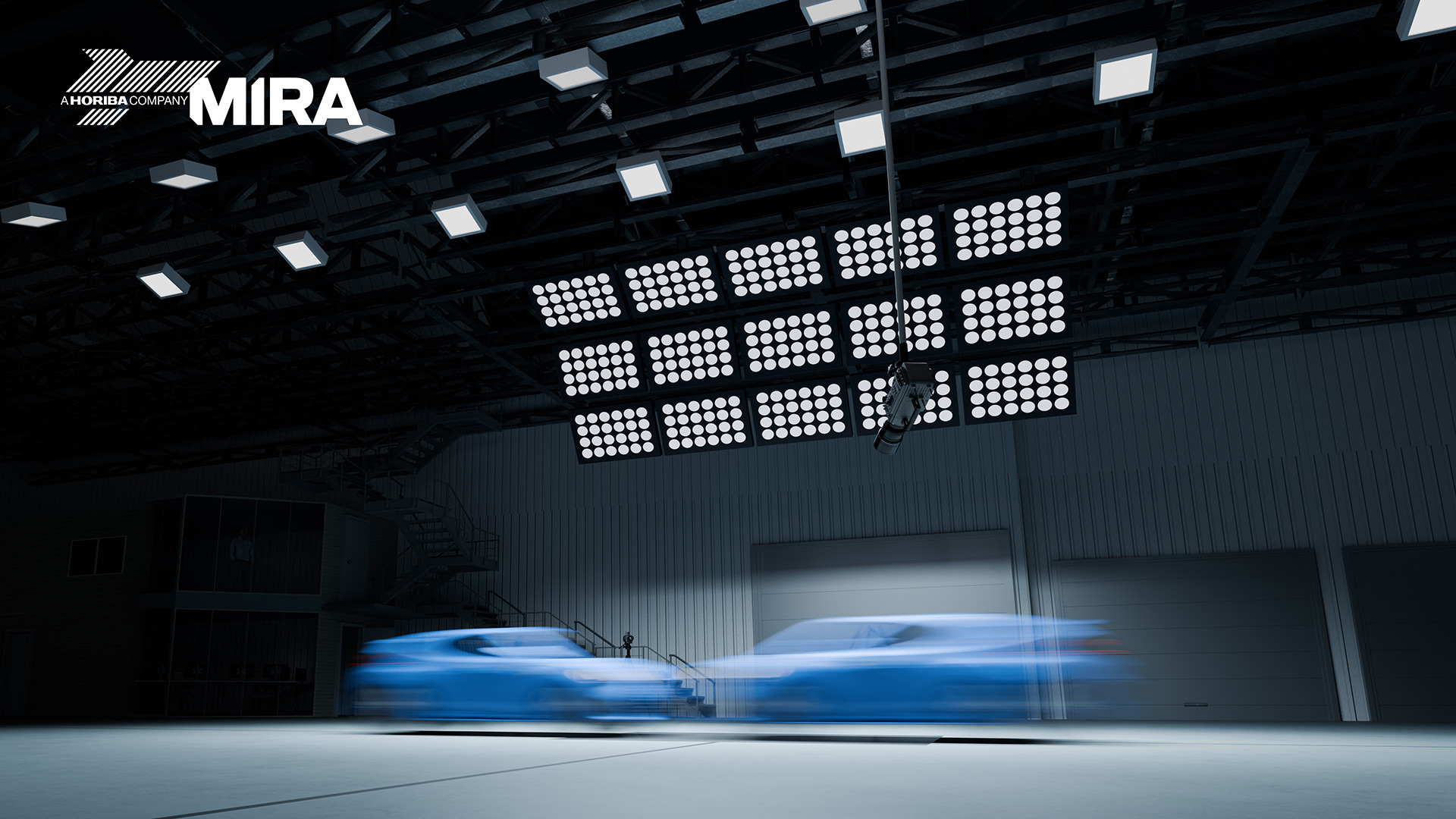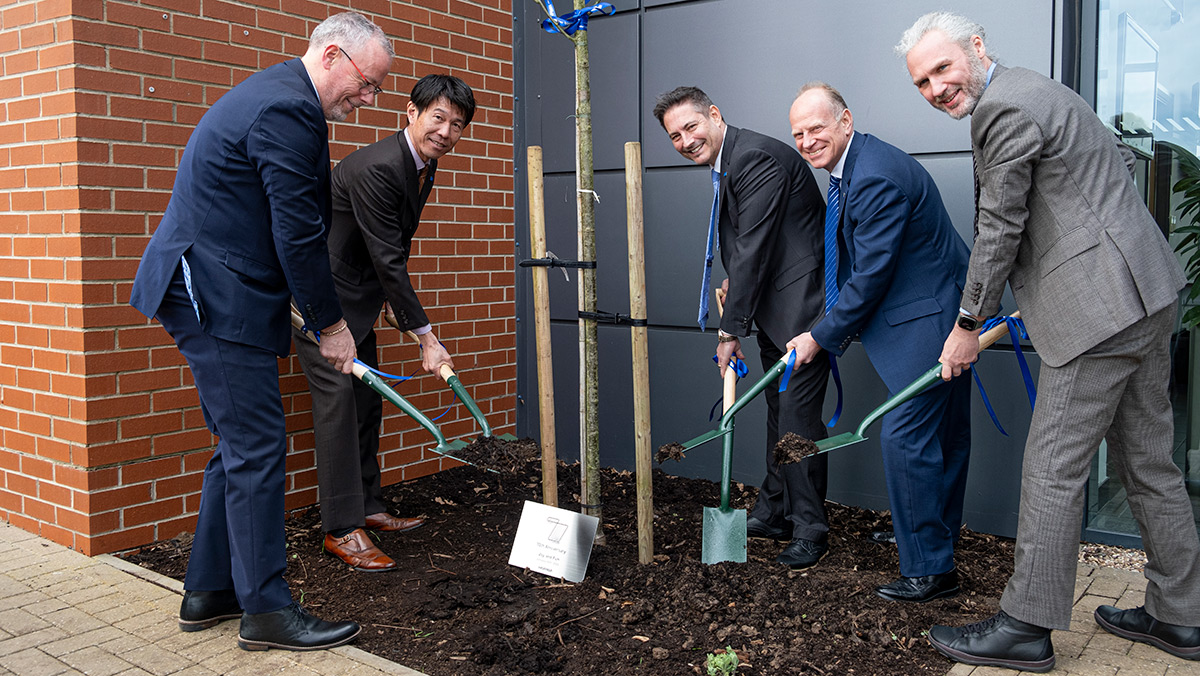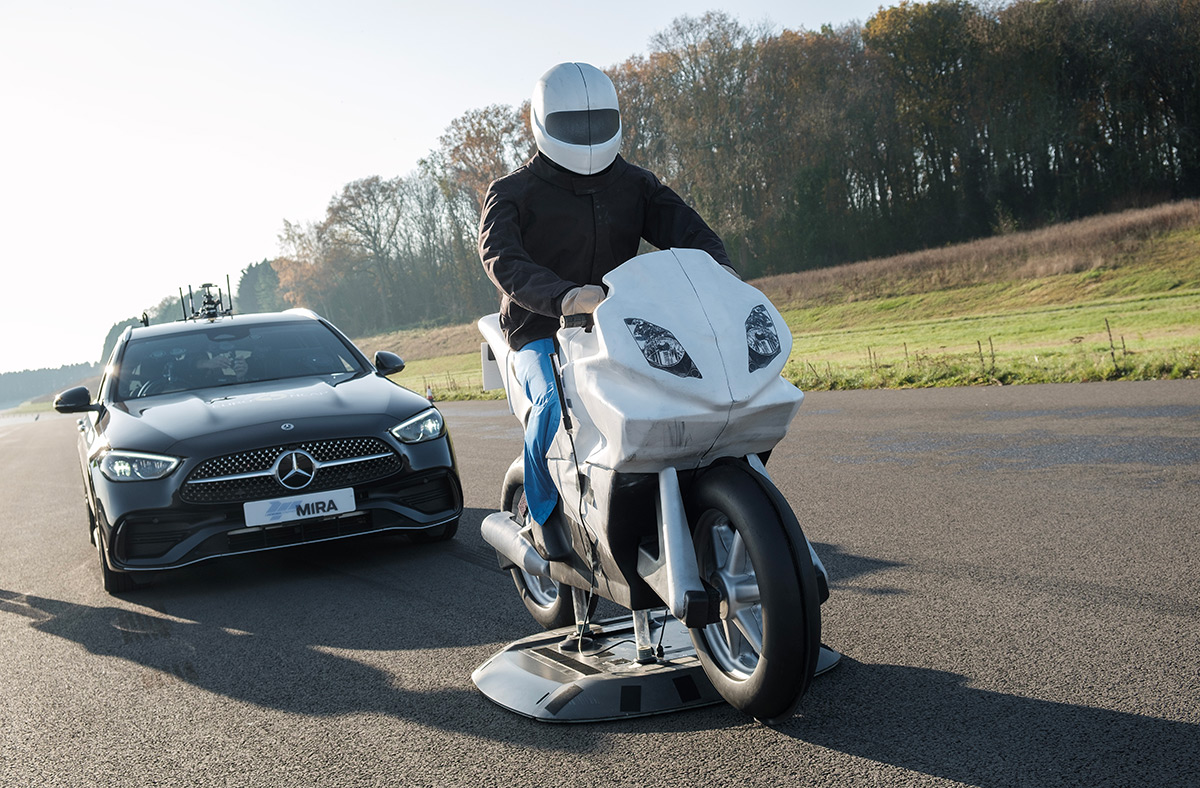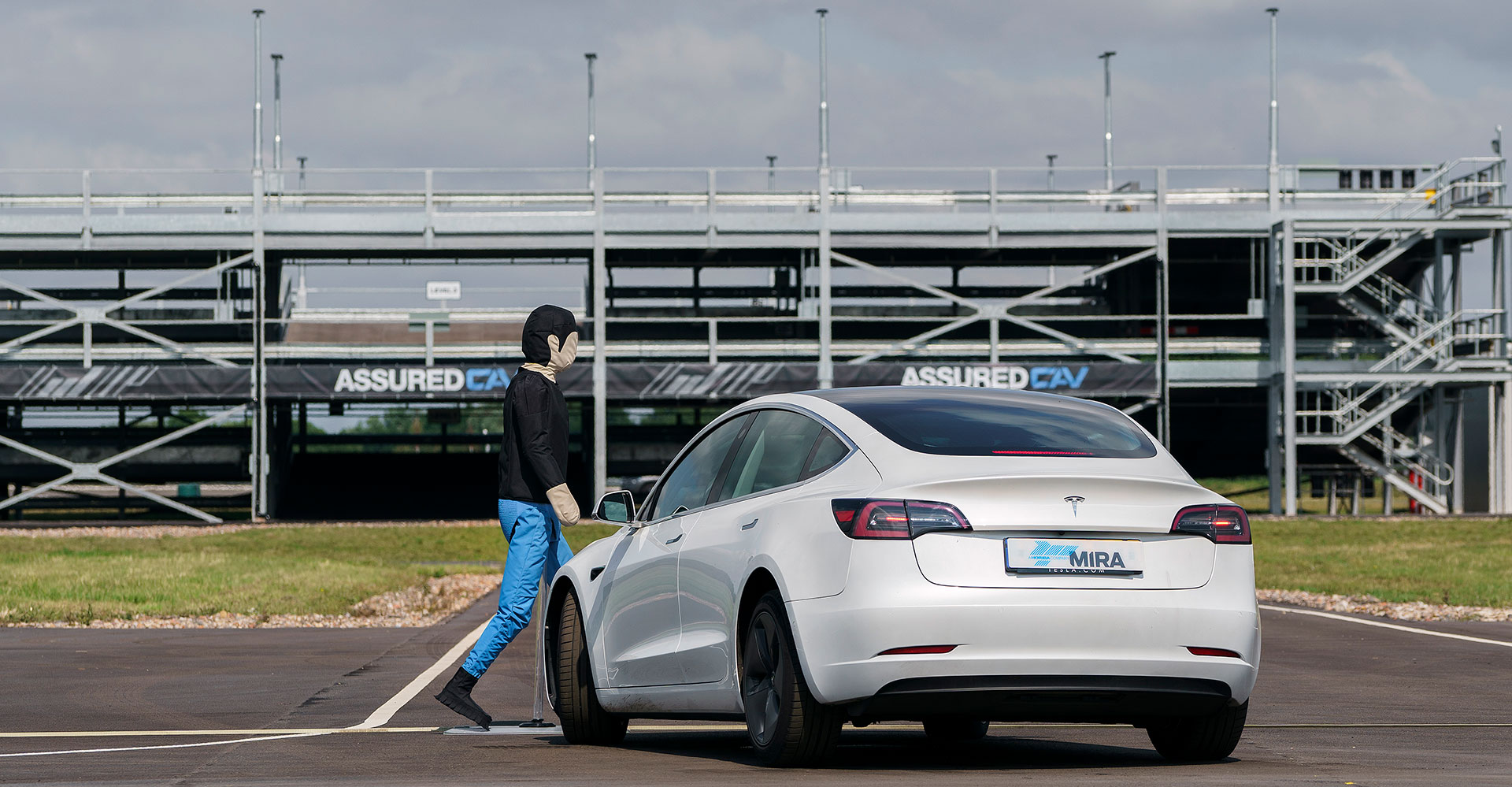MIRA’s Off Highway Road Edge Detection Capability Impresses Delegates at AUVSI 2014

With defence and security customers now using Unmanned Ground Vehicle (UGV) platforms more frequently – to eliminate operator participation in missions that place excess demand upon the driver or involve high levels of risk – UGV manufacturers are turning towards engineering consultancies like MIRA to help improve the operational capability of their vehicles. One technological innovation that is currently being developed for UGVs is road edge detection. A variant of this technology has been widely available in road-going automobiles since the introduction of Lane-Keeping Support Systems e.g. lane departure systems into Nissan vehicles in 2001, however the development of conventional road edge detection systems for off-highway environments has proven to be difficult to develop until now. By developing a system that detects the edges of dirt and gravel tracks in the off-road environment, MIRA is delivering advanced research that will in future enable platforms to operate autonomously in GPS denied environments.
Mark Shilton – Software Engineer, presented MIRA’s road edge detection capability on 14 May at AUVSI’s 2014 Unmanned Systems Conference in Orlando, Florida, USA. The presentation, entitled
“The Challenges of Visual Track Detection for Unmanned Vehicles in Unstructured Environments” focused on MIRA’s cutting edge research into the detection of road edges in off-road environments over the past twelve months.
During the presentation Mark explained that MIRA had chosen to utilise a vision system for edge detection rather than using LIDAR or RADAR, as the engineering consultancy’s UGV group had already used LIDARs and RADARS extensively over a number of years. It was felt that it would be beneficial to expand the knowledge of visions systems; what they could offer and their limitations. Mark also pointed out that the cost of vision cameras needed for this type of research can be an order of magnitude less than a LIDAR device and considerably cheaper than a commercial RADAR unit, which in turn would pass on cost benefits to customers once the technology had matured. Engineers at MIRA also aimed to feed edge detection and tracking algorithms developed from vision system work back into the company’s other LIDAR and RADAR systems.
Delegates were impressed to hear that unlike most other road edge detection programs which initially remove the sky from the image in order to reduce the amount of computing power required, MIRA’s program was capable of removing everything from the image except a narrow band that they termed a ‘letterbox’. Mark explained this approach, saying that the team had theorized that there was enough information still in that band to adequately find and track road edges. By applying various filters to the image and other computational transformations, MIRA found that the detection stages could be run more frequently – allowing the vehicle to be driven faster whilst maintaining a suitable level of accuracy. In order to further develop this cutting edge system, Mark highlighted that MIRA was planning a number of improvements to the system including detection in low or artificial lighting conditions.
Speaking at the event, Mark commented:
“It is a fantastic opportunity for MIRA to showcase its capabilities and research at the world’s premier unmanned vehicles event.”
MIRA will showcase its UGV offering on stand number H6 – C250 at the Eurosatory exhibition, held this year from 16-20 June in Paris. MIRA representatives will be on hand to speak to delegates about UGV and defence vehicle R&D, as well as how they might be able to help clients with any current or future projects.
